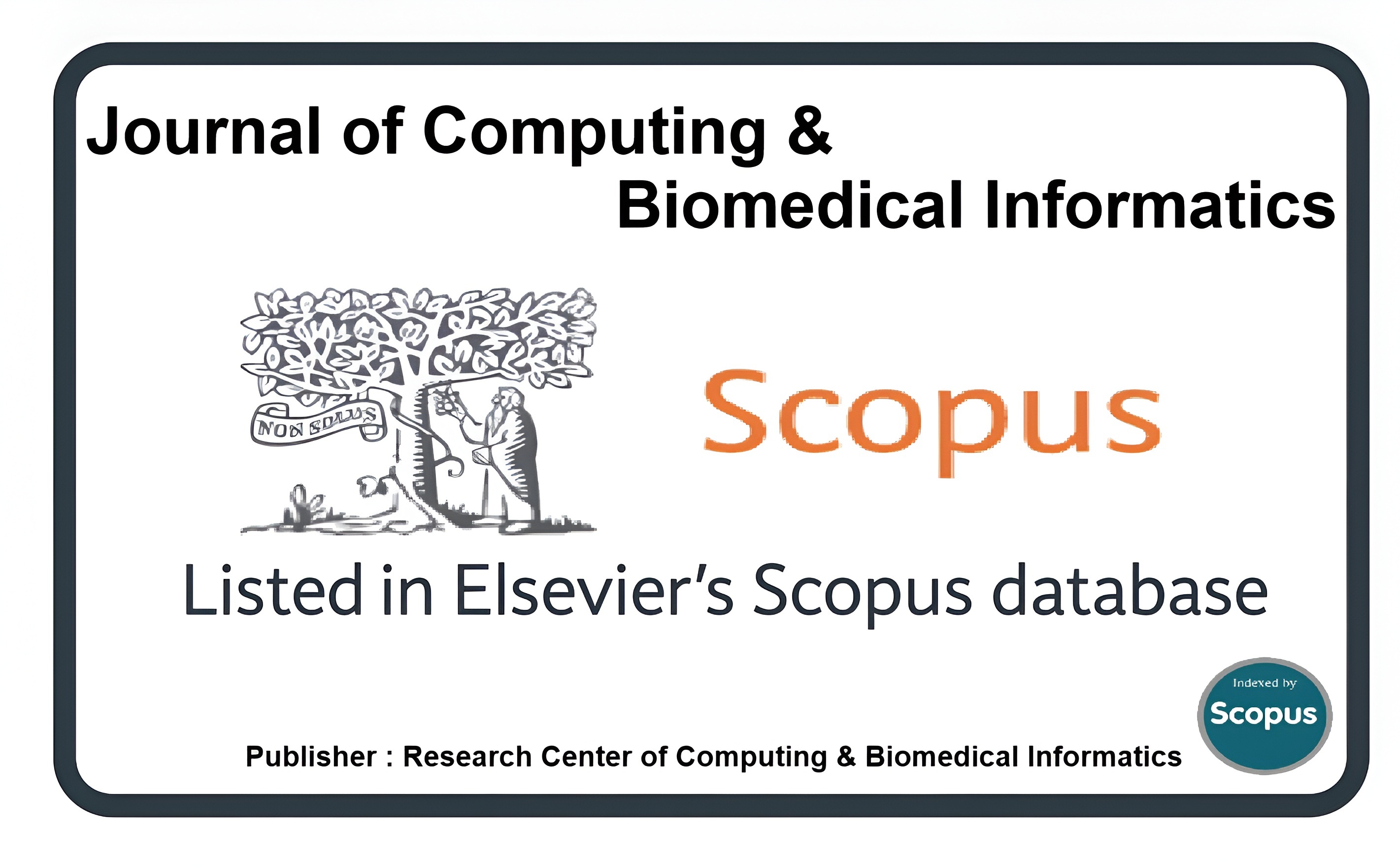Lungs Tuberculosis (TB) Identification in Computed Tomography (CT) Images Using Automatic Image Segmentation & Artificial Neural Network (ANN)
Keywords:
Lungs Tuberculosis, Computed Tomography, Image Segmentation, Binary Features, Texture Features, Artificial Neural NetworkAbstract
Lungs Tuberculosis (TB) also called pulmonary tuberculosis is highly infectious disease and it spreads easily by air droplets from a cough or sneeze of an infected person. Pakistan is a third world country and there is a high rate of people in poor living conditions; such as homelessness, over-crowding, poor sanitation as well as poor nutritional conditions. Lack of awareness is another prime factor which leads to the deadly state of health. There are number of international and governmental efforts to reduce the infectious disease, but lack of experienced doctors is another reason behind large number of casualities. Identification of TB needs highly intensive and careful observation of radiographs (including X-Rays and CT-Scans). Thus, due to a large number of patients and very less number of experienced, over-burdened doctors, leads to poor diagnosis and results in more casualties sooner or later. Under such critical situation, there is a dire need of standard computer aided diagnosis mechanism for better identification of lung tuberculosis and reduction of casualties. Numerous digital image processing and classification techniques have proved strong in the detection of lungs nodules, tuberculosis and other lungs illness including cancer. However, assessing the existing approaches we have came to a conclusion that there is still a need of more accurate classification scheme for the identification of lungs tuberculosis in presence of many false-positive outcomes. This research work aims for an automated segmentation approach and multi-feature analysis to detect lungs tuberculosis using artificial neural network to reach better accuracy, and hence reduing the number of false-positives, for which we proposed Enhansed Split Erode Dialate Merge Process (ESEDMP) scheme and presented our results.
Downloads
Published
How to Cite
Issue
Section
License
This is an open Access Article published by Research Center of Computing & Biomedical Informatics (RCBI), Lahore, Pakistan under CCBY 4.0 International License





